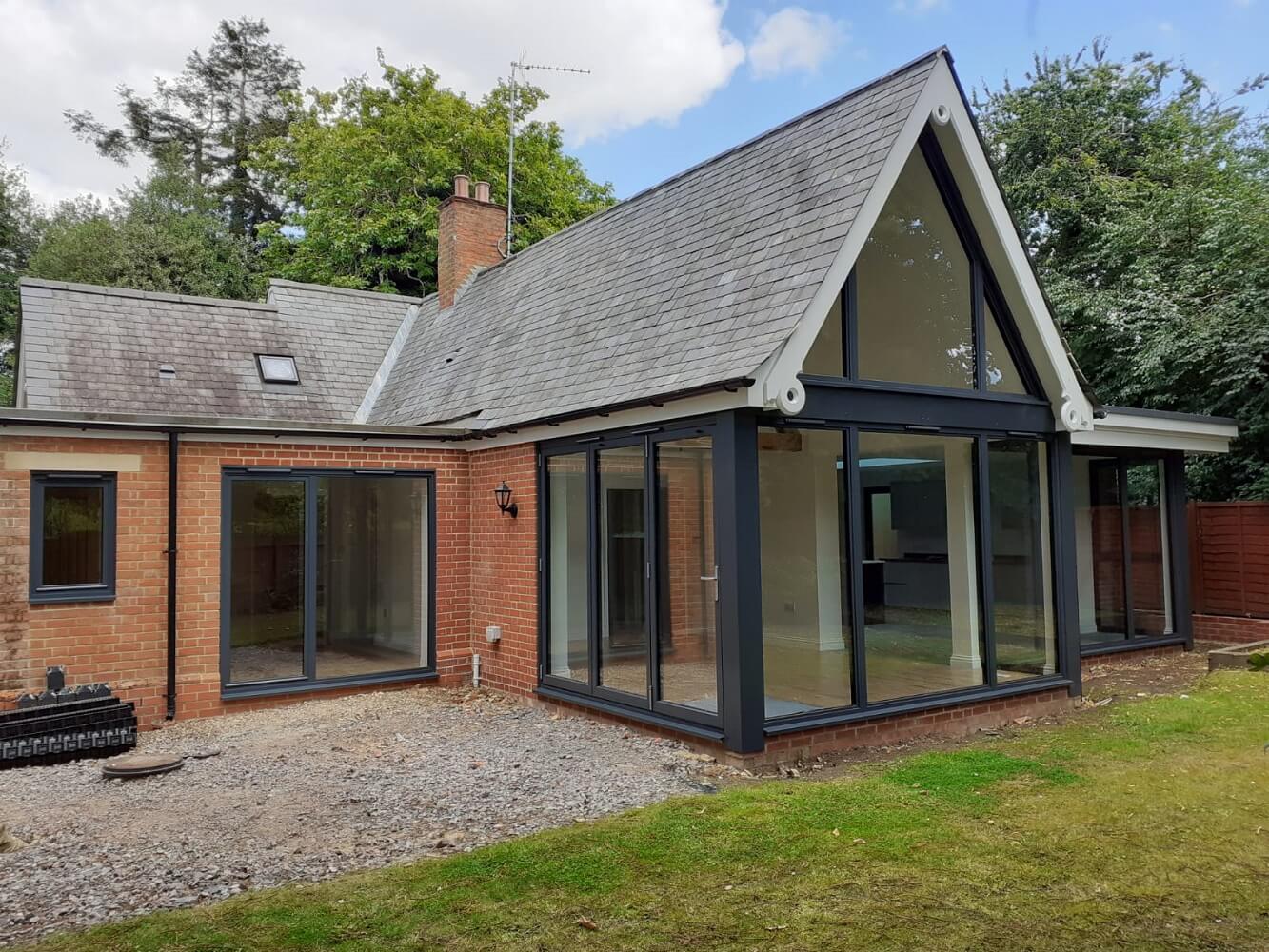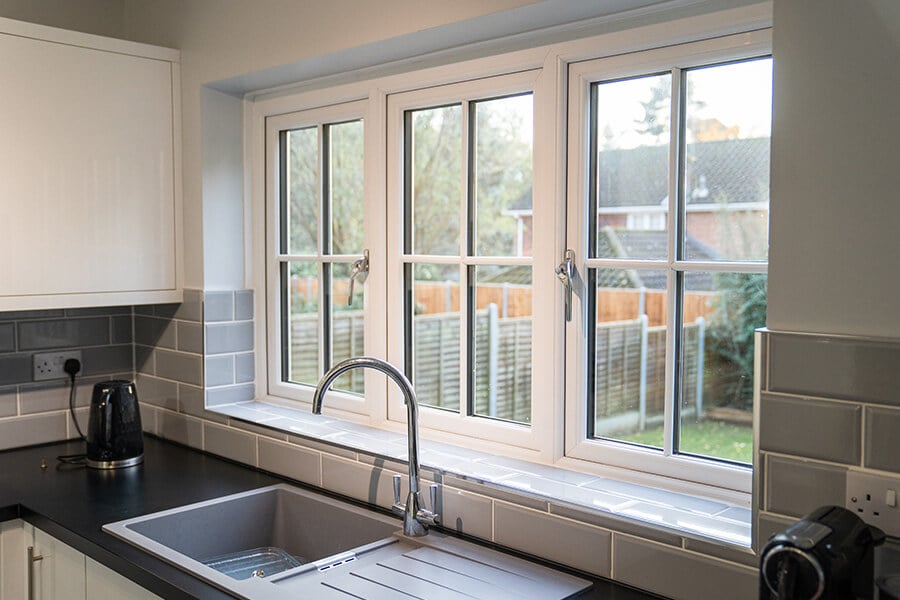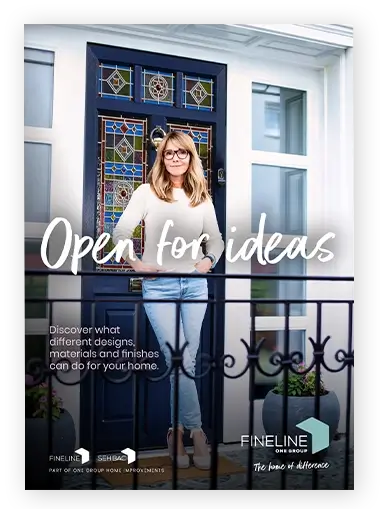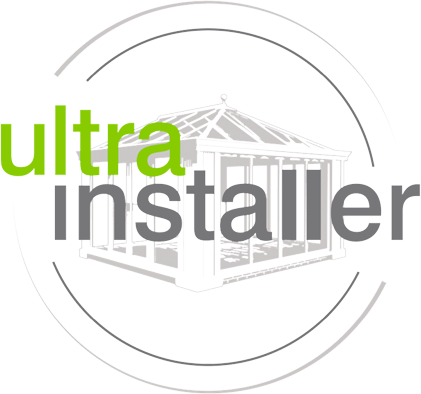
In a flat property market, it makes sense to make improvements that you can enjoy right away. But choose wisely and you’ll be adding value to your home, ready for when the market turns and you decide to sell.
Recent research for Barclays Bank concludes nearly half the nation (43 per cent) are planning to make improvements to their homes this year as against only 16 per cent who say they are going to relocate.*
“Future-proofing the value of property is front of mind,” say the report’s writers, “as a quarter (24 per cent) say they are updating their property to boost energy efficiency, whilst 28 per cent are making improvements to increase the sale value.”
But not all improvements actually improve a property and nor will they always add value to the home. So how should you prioritise the changes you plan to make?
The golden rule is to make changes that you want first ––it’s your place, after all—but make them fit the property, enhancing it in ways that are consistent with contemporary living. Secondly, don’t try to buy on price alone; improvements made with quality products not only last better, they look better are more satisfying to live with and add more value in the long term.
If 2025 is the year for renovations, what can you do to your home that will make it a better place to live in, a more efficient and more comfortable home, or one that makes the most of the available light and space?
Trends driving home improvements in 2025

1. Sustainability and energy efficiency
Double glazing, makes a big difference to a property’s energy efficiency, mainly by eliminating draughts and reducing heat transference through the glazed area and the frame.
The rate of heat transfer, or u-value, is measured in watts per metre squared Kelvin. When choosing replacement windows, it’s worth looking at the u-values quoted by the installer. For reference, all new homes must have u-values of 1.2W/m²K as a minimum standard, and 1.4W/m²K for existing homes. However, these targets may not be sufficient to meet long-term carbon reduction goals in domestic properties.
If you’re inspired by the need for a more efficient home, you might consider how exterior doors could also contribute to less carbon and lower bills.
If you have an old flat roof extension, could it be improved with a renovation that not only cures a leaking or worn out coating but insulates the roof space?
2. Big glass is back
According to Ideal Home magazine, people continue to favour large glazed areas in their homes, especially kitchens overlooking gardens.
You can achieve a large area in many ways, the most obvious being with large glazed sliding doors or bi-fold doors. But don’t rule out fixed glazing options. Since all double glazed windows are made to measure there is nothing to stop you having a non-standard size. In fact, bespoke glazed areas are increasingly popular, adding an individual design element to a scheme without compromising energy efficiency.
3. Multi-functional extensions
Extensions when well-planned greatly enhance even modest homes. But where you create space for more than one use you are not only improving life for your family but making it more attractive to buyers.
Many of us find we sleep and work in our bedrooms, or cook, eat, entertain and relax in our kitchens. When you’re planning an extension it makes a lot of sense to think through the space you create to ensure it is flexible enough to accommodate a wide range of potential uses.
4. Improvements on a budget
It’s often said that extensions are both costly and time consuming to build, but new approaches to design and product development have changed that. Using designs and build systems that are pre-approved for building regulations can save a lot of time and still produce a dramatic end result.
Garage conversions are another low-budget and low-stress way to reclaim some living space for your home. Because most garages have a solid basic structure in place comprising walls and roof, it is a less complex, less costly, and less time consuming task to convert them. Generally all it takes is attending to the insulation of walls and the floor, as well as adding a bit more light with windows and glazed doors.
Get going with your next project in 2025
The trends above are already driving change in our homes, but what’s especially interesting is that buyers are becoming more sensitive to sustainable as well as personalised home improvements. That can only be a good thing as we strive to tackle the climate emergency by making our homes fit for the future as well as our families.






















